Editors’ Picks




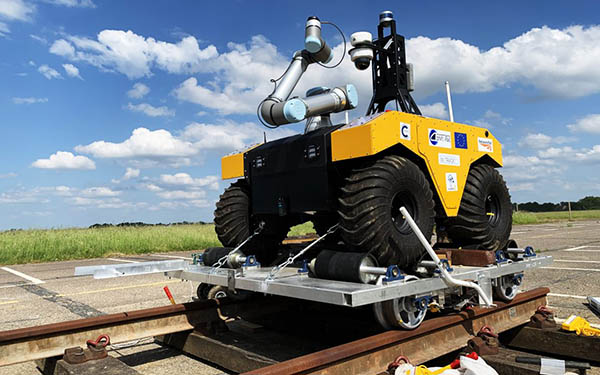
Found in Robotics News & Content, with a score of 18.28
…In2Smart 2 team also equipped the Clearpath system with ultrasonic flaw detection. Data fusion of the navigation and location sensors is necessary to improve location accuracy and to bridge GPS limitations. These can be significant challenges for the typical railway application environments. On the other hand, the robot wrist camera can provide additional views of the rails and track components. Next, stereo vision is used to get a closer range for obstacle detection. Finally, ultrasonics allow for rail flaw detection. Ultimately, the Warthog offered the researchers a mobile platform that they could easily outfit with the sensors and accessories they…
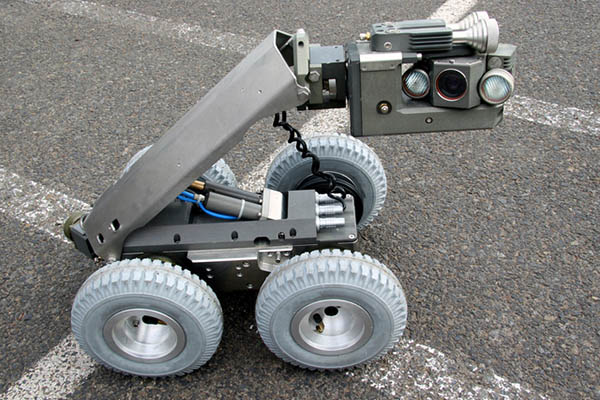
Found in Robotics News & Content, with a score of 18.43
…technology to position themselves in order to navigate. Instead, ultrasonic and localization technologies are emerging for navigation to pin-point damage mechanisms, as well as provide reproducible data. These deliverables can help predict the future safety of the sites being inspected. Challenges inside GPS-denied environments The main reason for sending mobile robots for inspection, maintenance, and repair is to avoid putting employees in dangerous situations. Inspections are necessary for identifying, predicting, and managing problems that could require maintenance to guarantee the longevity of industrial plant operations. But relying on humans to carry out traditional inspection methods means that health, safety, reliability,…
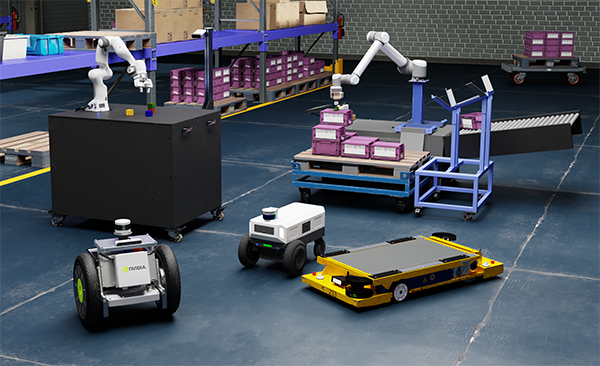
Found in Robotics News & Content, with a score of 7.18
…fisheye cameras with synthetic data. Isaac Sim also supports ultrasonic sensors, force sensors, inertial measurement unit (IMU) sensors, and custom lidar patterns. “Isaac Sim sends multi-camera sensors to Rviz—the ROS visualization tool,” Andrews said. “3D workflows are important for robotics and autonomous vehicles in construction and other applications.” Isaac Sim sending multi-camera sensor data to Rviz. Source: NVIDIA Synthetic data generation “Getting real-world, properly labeled data is a time-consuming and costly endeavor,” said NVIDIA. This can be particularly difficult in cases where robots or autonomous vehicles must be trained to operate safely around people, it said. In addition, the annotation…
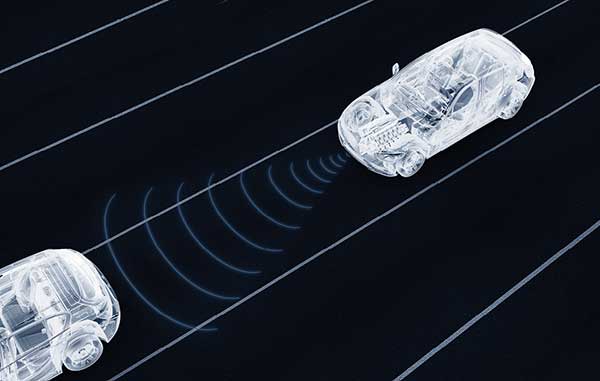
Found in Robotics News & Content, with a score of 4.94
…the different types of required ADAS sensors, including radars, ultrasonic, cameras and lidar,” says Castany. “These sensors are required, considering the different levels of vehicle autonomy, while we move forward to the high and full automation levels. As AVs are integrating more and different types of sensors, electrification is a key and challenging topic. Electrification comes with an increased presence of electronics, with higher voltages systems, which without a proper design can generate electromagnetic interferences [EMI]. This can cause big issues for the safe operation of the vehicle, which test car manufacturers’ and suppliers’ need to pass before being able…
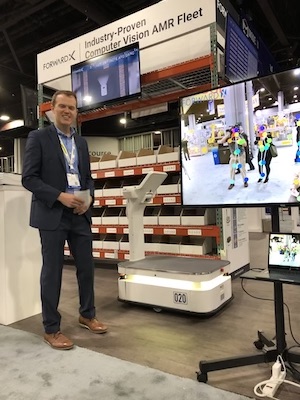
Found in Robotics News & Content, with a score of 21.27
…accurate obstacle avoidance and more efficient path-planning in dynamic environments by integrating inputs from RGB, RGBD, LiDAR, radar, and ultrasonic sensors. A centralized fleet management system manages robot and human tasks while seamlessly integrating with WMS/MES/ERP/PLC systems. Nic Temple, VP of sales, Americas, said AI helps the robots “learn from mistakes while continuing to push customer operations forward.” Modex 2020 is scheduled to be held March 9-12 at Georgia’s World Congress Center in Atlanta. The tradeshow will showcase the latest manufacturing, distribution and supply chain solutions in the materials handling and logistics industry. Modern’s complete coverage of the show.
Found in Robotics News & Content, with a score of 8.31
…seen innovations such as canting keels, above-water movable ballast, ultrasonic wind measurement and camera/GPS integration. So while the point is not so much to produce some radical new boat design as it is to exercise the engineering process to solving these challenges, there have been incremental innovations that could be implemented on ocean drones. DE: Does WPI, or the consortium of organizers of this competition, have a particular stance on adopting an innovation that is linked to the program? What drives firms to sponsor the event and coordinate it? Stafford: WPI does not have any authority or expectation to capitalize…
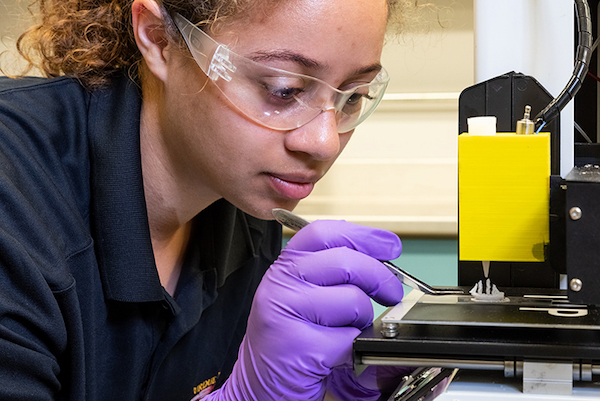
Found in Robotics News & Content, with a score of 17.51
…thick materials with high levels of precision by applying ultrasonic vibrations to the nozzle to reduce friction and allow for smooth materials flow. It also allows for more precise flow control. “It's like the Play-Doh press of the 21st century,” Rhoads said. “We have shown that we can print these energetic materials without voids, which is key,” Rhoads said. “Voids are bad in energetic materials because they typically lead to inconsistent, sometimes catastrophic, burns.” The team also used the method to print biomedical implants, personalized drugs and other products. Next Offset Solutions will focus on energetic materials, but is exploring…
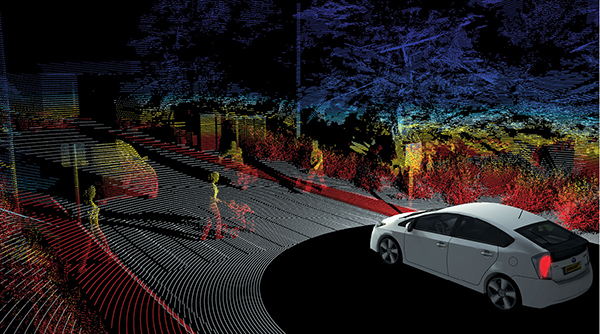
Found in Robotics News & Content, with a score of 5.09
…based on sensor technologies such as radar, laser/lidar, camera, ultrasonic, DSRC [dedicated short-range communications] and GPS.” Software such as Simcenter Prescan allows automakers to train their artificial intelligence programs to make the right decision not only in routine events but also in uncommon but imminent events. For example, how would the autonomous pilot react to an elephant crossing the road, or a group of trick-or-treaters dressed up as pumpkins? VTD from MSC Software (part of Hexagon) is a virtual test driving software autonomous vehicle developers can use to train AI decision making. Image courtesy of Hexagon. Most human drivers have…
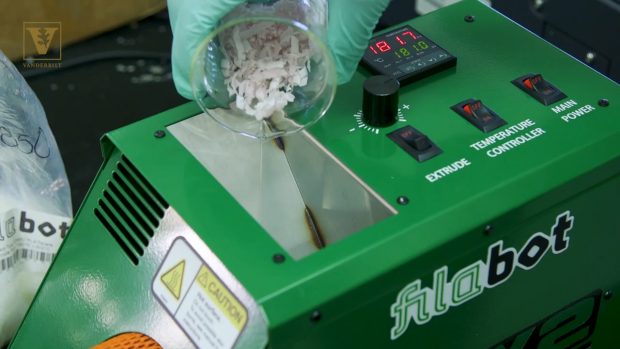
Found in Robotics News & Content, with a score of 8.54
…complex geometries of printed parts and materials. These include ultrasonic inspection, impedance-based monitoring, and thermography supported by image correlation. Although these methodologies provide insight into the quality of the printed object—offering their own set of advantages and disadvantages—no one approach has achieved dominance within the 3D printing sector. The continued advancement and development of new technologies that can help enable inspection and quality control metrics are still needed to realize broad industrial adoption of AM technologies. A New Approach This is where the technology developed by Vanderbilt University’s research team comes into play. The scientists have created a technique that…



